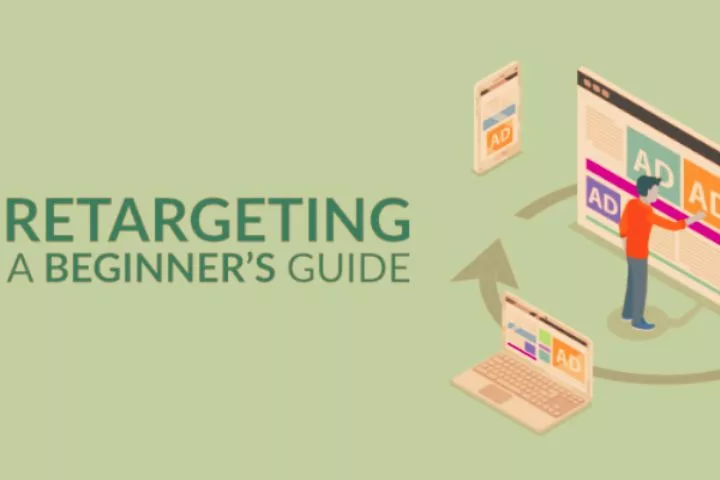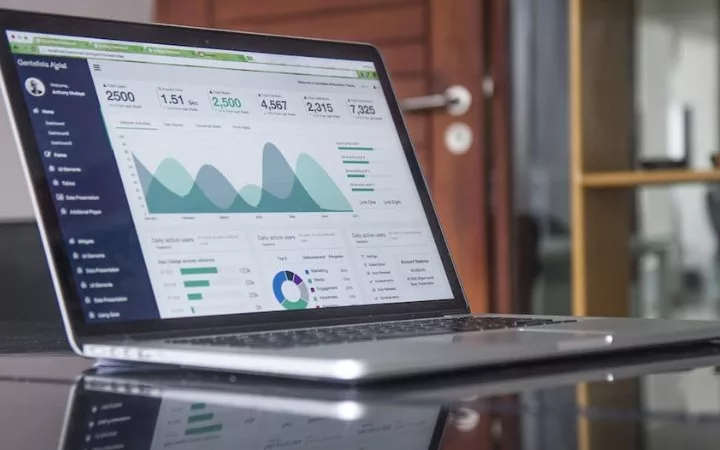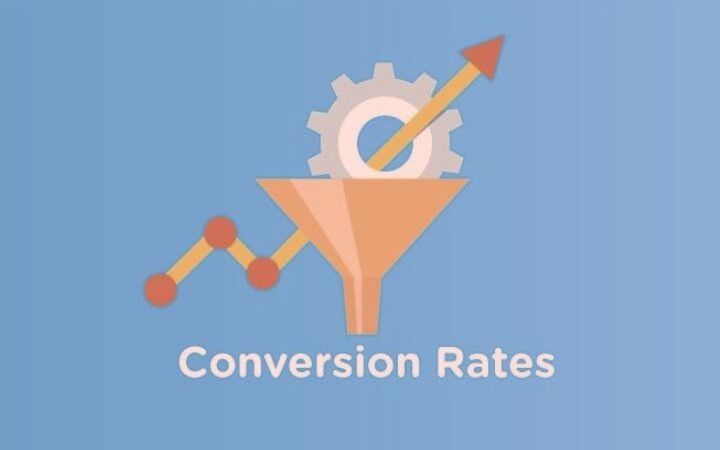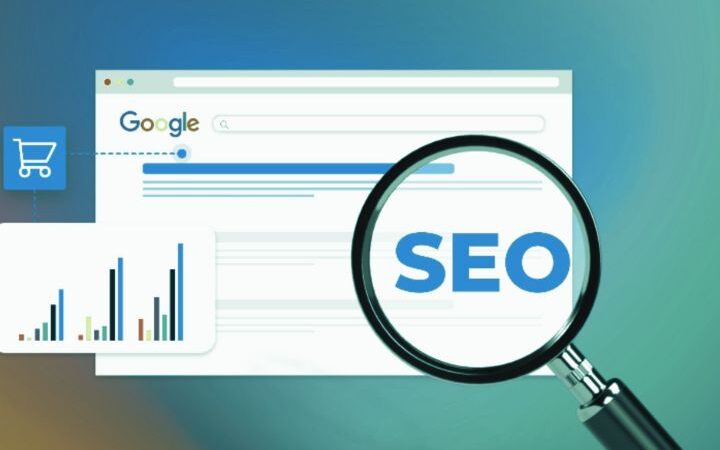Retargeting: How hardware stores can improve their customer loyalty

Good work needs the right tool. Only with the right tools can you evolve and create a better product. DIY stores can find new ways to reach their customers with personalized retargeting.
The well-known hardware store companies have worked hard to gain strong brand awareness and establish themselves online. But to maintain their position, they must continue to build customer loyalty. Evidence of this is the increase in customer purchase frequency over time.
In addition, keeping them is five times easier than acquiring new customers. With personalization and cutting-edge technology, it becomes easier to keep customers online and build a base of loyal customers, focusing on the customer group of professional craftsmen.
DIY stores should take the most critical requirements into account when using retargeting.
Retargeting: Reach customers through multiple channels
The pandemic has driven digitization across all industries. Here, many companies shifted their focus to the online and mobile business, not without reason. The sectors related to home and garden construction are no exception.
Global e-commerce sales, in general, have increased by 20 percent over the past two years. Companies reacted quickly and expanded their digital capabilities. They integrated omnichannel business models that allow them to reach customers across multiple channels.
But the pandemic has not only opened up new opportunities for companies. The increased digital offer offers customers who spend more time at home due to hybrid working and the pandemic the ideal opportunity to turn to DIY, renovation, and the garden.
In the pandemic from 2019 to 2021, Germany’s DIY market and home improvement industry managed to almost double online sales. Now that the Corona-related restrictions have been lifted, it is essential to maintain the positive momentum. But how can we continue to inspire customers to do DIY?
Increase ROI with retargeting
For all businesses, the cost of acquiring new customers is high. According to Salesforce, the average user goes through six to eight touchpoints before becoming a customer. Eighty percent of online visitors leave the website without making a purchase.
The most significant benefit of retargeting for a business is to stay top of mind as a brand in the minds of website visitors. In this way, finding and addressing very valuable, undecided customers can be possible.
Retargeting is a precise and flexible tool whose efficiency and effectiveness can be measured using ROI metrics. Businesses can calibrate their campaigns to meet their business goals, whether it is about product groups, specific user groups, or channels a brand wants to use.
By enabling detailed retargeting, sub-campaigns can significantly increase results.Home and garden centers want to increase their AOV (average value). One possibility for this is, for example, the sale of supplementary products and services.
By using retargeting with deep learning-powered recommendations, they can go beyond the apparent customer connections to reach more pro-service customers and cross-sell new customers into the space.
Build loyalty with omnichannel
Companies need powerful retargeting functions to satisfy the very different needs of spontaneous, regular, or frequent buyers and increase their online customer journey and ROPO sales (Research Online, Purchase Offline).
Only then will it be possible to make personalized content available to a user and to offer the customer recommendations such as personal advice in brick-and-mortar retail. All this can be done using 1st-party data (voluntarily and intentionally provided by users).
For example, online and app campaigns can have different goals but the same marketing message. The same brand feels, and user experience must permeate seamlessly across all devices and forms of communication.
The right retargeting partner can help extract valuable insights from this data for better insight into the entire funnel’s nuances. With this knowledge, registered users who have not yet made a purchase, customers with a high risk of churn, and essential but inactive customers can be (re)activated.
For example, the surge in online activity during the pandemic, when over 65 percent of customers exhibited new shopping behaviors, has resulted in a veritable cornucopia of utility data.
Essential tips for the optimal use of retargeting
Hardware store companies should be aware of the following requirements when it comes to retargeting:
- Leverage omnichannel capabilities: The same marketing message, brand feel, and user experience must unfold seamlessly across all channels.
- Flexibility: Brands should look for ways to run multiple campaigns and sub-campaigns with different goals simultaneously.
- Using the best technology available: There’s an old saying: Measure twice, cut once. Only that companies have to measure a million times instead of twice. This is what deep learning offers for advertising campaigns. It can perform 4,000 times more calculations than machine learning, allowing it to measure user behavior and intentions at unprecedented levels to display ads with greater accuracy.
- Multiple retargeting strategies: Multiple retargeted increase reach, which means more customers can be reached.
- Testing the field: The home improvement market in Germany is expected to be worth around €100 billion by 2025 – it’s time to test and find the perfect retargeting partner.
- Preparing for the Cookieless Era: Third-party data from cookies will soon be a thing of the past. Find a retargeting that can make the most of 1st-party data.
- Focus on customers with high lifetime value: Companies should know their loyal professional buyers and then address them with a high degree of personalization.






